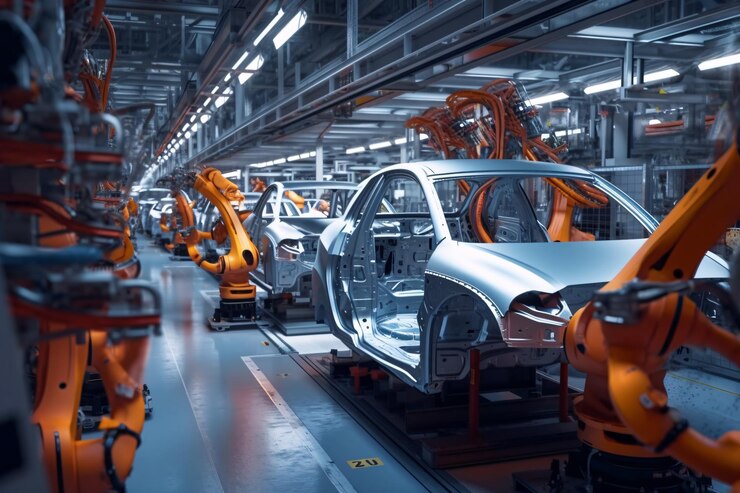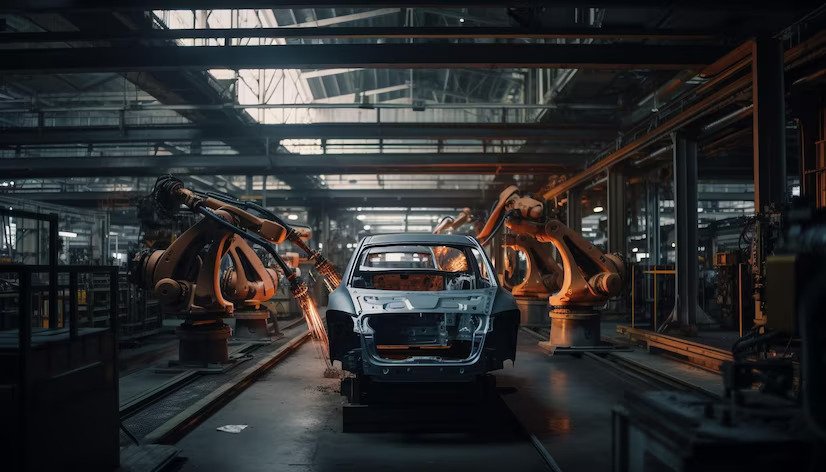Manufacturing a car in the US has become a hot-button topic in political debates, but is it that big of a deal? How much of the car-making process occurs in the US? Is there a benefit to US-made cars?
We think it’s essential for consumers to have these answers to make an informed choice when shopping for their next car. Do you want to know about the car production? Read on to learn more about the car manufacturing in the US.
Raw Materials
These are generally sourced from domestic mines and metal rod mills nationwide, with coal, iron, and steel being the most common. Once the raw materials are collected, they’re shipped to car manufacturing plants in various states.
Here, the raw materials get melted and refined to create components and parts. Refining also involves cutting, welding, etching, and sealing resin. After the raw materials are worked upon, they are subjected to quality checks and assembled into car parts and components such as:
- frames
- dashboards
- engine blocks
Once these car parts are ready, they are shipped to assembly lines to begin the process of car construction.
Design And Engineering
They must consider cost, part feasibility, market conditions, and other factors. After designing the prototype, designers create the digital models, which are refined using computer-aided design (CAD) software.
The manufacturing process begins with obtaining the necessary materials, components, and parts. Various machines, including robots, aid in the manufacturing process. This is to increase production efficiency and reduce errors.
Manufacturing

A vehicle manufacturer uses state-of-the-art tools and equipment to create the perfect model. This includes the design of the body structure, engine, drivetrain, suspension, interior, and other car features. Additionally, suppliers provide components used in the manufacturing process, such as:
- metal parts
- electrical components
- other necessary items
The components are put together in the correct order and the proper configuration. Quality control teams ensure that every element fits perfectly and meets the specified standards.
Being a manufacturer, it is crucial to comprehend the ACES and PIES data formats, what they stand for, what they are, and how they aid the automotive aftermarket industry in exchanging product data and fitting more robustly, whether you are a producer or a distributor of automotive components.
Testing
All tests are critical for ensuring the cars are safe, efficient, and reliable. Testing assesses the integrity of the design, materials, and manufacturing processes. This allows only vehicles that meet the highest standards to be released for sale.
Cars must be tested for shock and crashworthiness, brakes, power sources, visibility, etc. Testing is also essential to ensure all emissions and safety requirements are met and the car performs to the specified level.
Launching
It starts with the concept development team, who designs the vehicle to spec. Then, the production team builds the vehicle components, which are shipped to an assembly plant in a US auto plant.
Distributors and marketing teams help bring the new model to market, giving customers access to the desired car. When the new car hits the dealerships, countless individuals have been working to ensure the launch is successful.
Understanding The Process Of Car Manufacturing In The US
Car manufacturing in the US has many steps and considerations, all aimed at creating the best products and services for the consumer. From research and development to design to production – every effort is executed with great precision. To fully understand this process, more research and observation is required.
To learn more helpful tips, be sure to visit our site today!
Read Also:




























